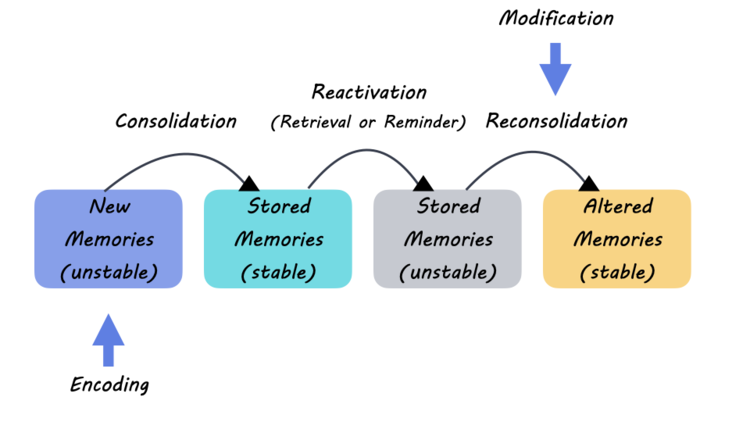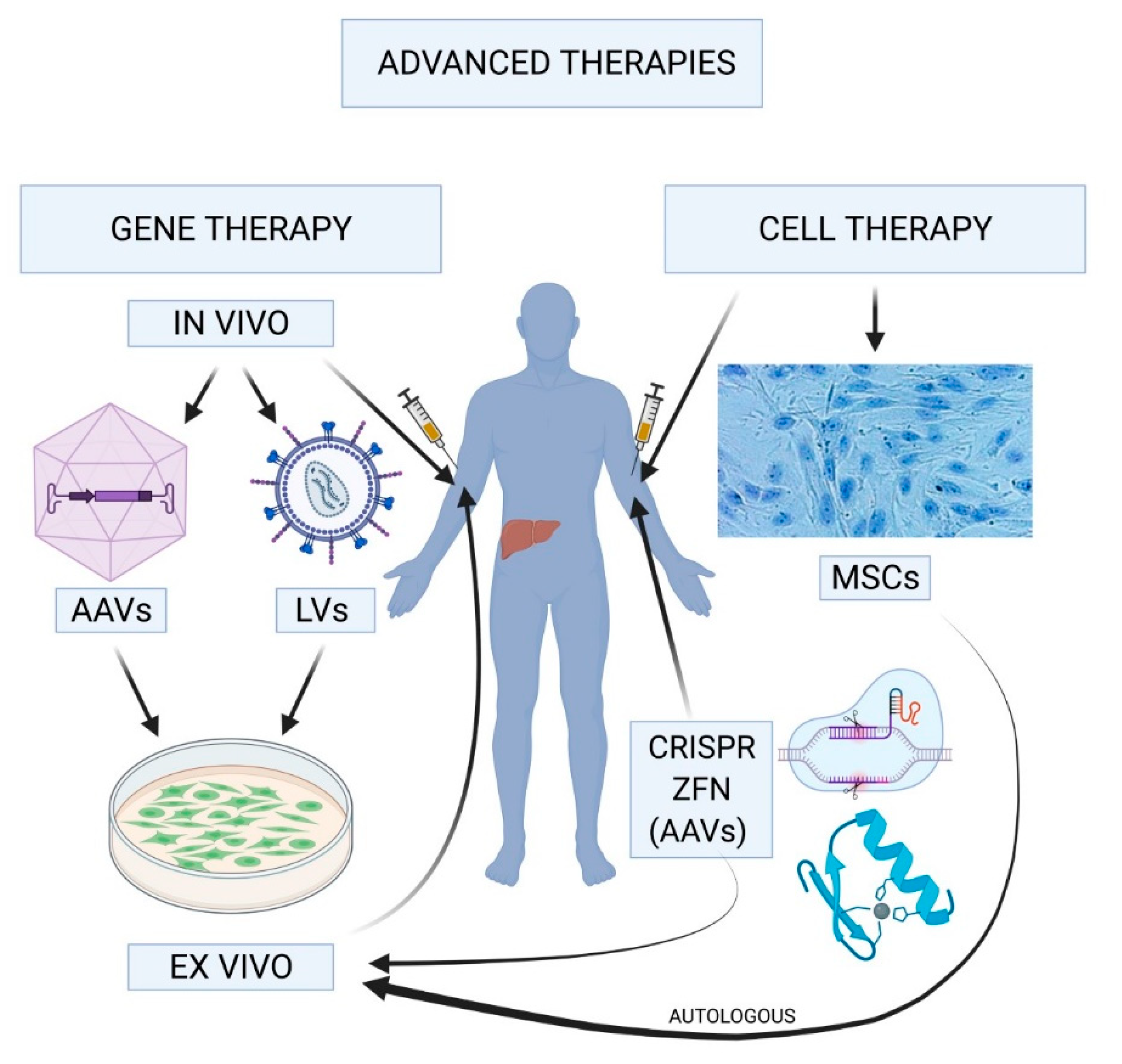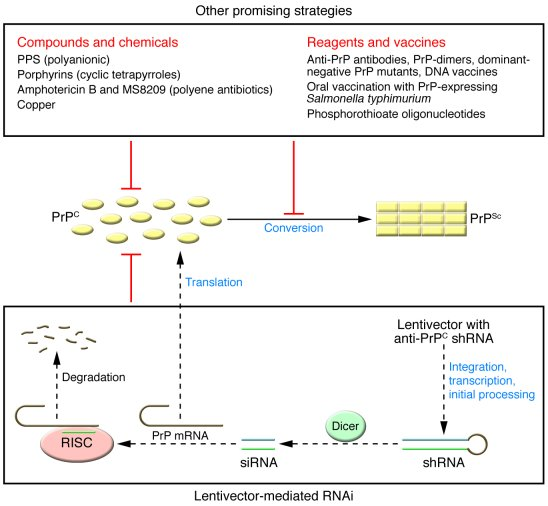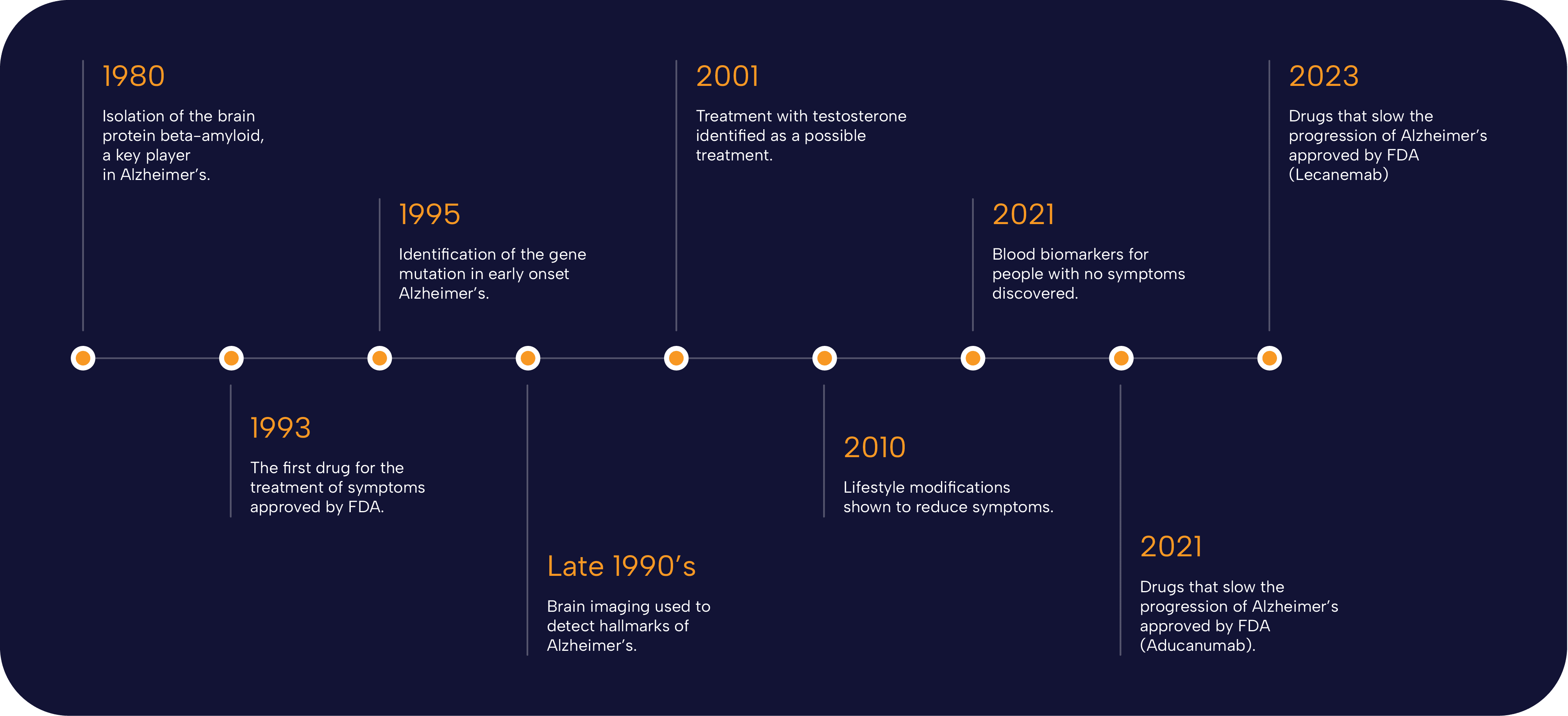Memory formation techniques are at the forefront of groundbreaking research, particularly in the field of neuroscience. Recent studies, including those conducted by researchers at Harvard, have shed light on how learning and memories are constructed at a molecular level. This research highlights the significance of synaptic plasticity, which is crucial for enhancing our ability to retain information and form lasting memories. Through advanced methods, scientists are uncovering the profound ways that new therapies could emerge for treating neurological disorders, including dementia. Understanding these techniques could revolutionize our approach to learning and memory, ultimately improving the quality of life for many individuals.
When it comes to enhancing our ability to retain information, various methodologies for memory acquisition are gaining increased attention in academic and clinical settings. Innovative approaches in studying cognitive processes have led to new insights into how we encode and recall experiences. These alternative methods encompass everything from exploring the dynamics of synaptic connections to implementing therapies designed for improving cognitive performance. In light of recent findings, particularly from prestigious institutions such as Harvard, the study of memory enhancement techniques continues to evolve, aiming to tackle significant challenges related to learning and neurological disorders.
Understanding Synaptic Plasticity and Memory Formation
Synaptic plasticity is a fundamental concept in neuroscience that describes how our brain adapts to new learning experiences. This process involves the strengthening or weakening of synapses—the connections between neurons—tempering the neural circuitry necessary for memory formation. Research has shown that through various mechanisms of synaptic plasticity, including long-term potentiation (LTP) and long-term depression (LTD), our brains can encode vast amounts of information. Indeed, this adaptability is crucial not only for acquiring new skills but also for retaining previously learned knowledge, making it a cornerstone of cognitive function.
Diving deeper into the mechanisms of synaptic plasticity, scientists have discovered the pivotal role of neurotransmitter receptors, especially AMPA receptors, in facilitating communication between neurons. When learning occurs, these receptors cluster and amplify signals at the synapse, optimizing memory retention. The groundbreaking research conducted by Harvard scientists using the EPSILON technique illuminates these processes at unprecedented resolutions. By freshening the window into synaptic behavior, researchers uncover intricate patterns governing how memories are established and recalled, providing a clearer understanding of the foundations of learning and memory.
Novel Memory Formation Techniques in Neuroscience Research
The recent advancements made with the EPSILON technique represent a significant leap in neuroscience research regarding memory formation. By enabling scientists to observe proteins essential for synaptic transmission in real-time, this approach allows for a level of detail previously thought to be unattainable. Traditional methods often relied on invasive procedures that restricted the scope of experiments, but with EPSILON, researchers can monitor the dynamics of synaptic proteins with high resolution and less disruption to the brain’s natural state. This innovation can lead to new therapeutic approaches in treating memory-related disorders such as Alzheimer’s disease.
Furthermore, this technique opens a pathway for exploring various cognitive processes and memory types. The correlation identified through EPSILON between AMPAR trafficking and the expression of cFos enhances our understanding of how memories are solidified at the synaptic level. This knowledge is vital not only for basic neuroscience research but also for developing potential interventions for neurodegenerative diseases. As labs worldwide adopt and apply this technology, the insights gained could significantly influence dementia treatments, paving the way for novel strategies aimed at combating memory impairments.
Implications of Neuroscience Research for Dementia Treatments
The implications of cutting-edge neuroscience research on dementia treatments are profound. The ability to map synaptic plasticity and understand the dynamics of memory formation offers new avenues for intervention in neurological disorders. For instance, by pinpointing how synaptic connections degrade in conditions like Alzheimer’s disease, researchers can identify critical periods for treatment intervention. By harnessing techniques like EPSILON, scientists can study the molecular changes that precede memory loss, ultimately working toward therapeutic measures that can mitigate these changes.
Moreover, insights into synaptic architecture garnered from Harvard’s recent research provide a framework for developing targeted drug therapies. By focusing on the molecules that enhance or inhibit synaptic communication, potential treatments could be designed to restore synaptic function, thereby improving memory retention and cognitive abilities in individuals suffering from dementia. As understanding increases regarding the intricate web of connections essential for memory, the pathway to effective treatments becomes clearer, driving hope for many affected by these debilitating conditions.
The Role of AMPARs in Memory and Learning
AMPARs, or α-amino-3-hydroxy-5-methyl-4-isoxazolepropionic acid receptors, are integral to the process of learning and memory. These receptors mediate fast synaptic transmission in the brain and are vital for synaptic plasticity. When learning occurs, AMPARs are mobilized to the synapse, thereby enhancing the effectiveness of synaptic transmission. This mechanism not only solidifies new experiences but also contributes to the remodeling of existing memories. An understanding of AMPAR function can provide insights into how memories are encoded and stored.
Recent studies utilizing the newly developed EPSILON technique have shown that the behavior of AMPARs correlates with memory trace activation during learning tasks. By tracking these receptors’ movement and interactions with other proteins in real-time, researchers can clarify how learning experiences shape synaptic structures. This fine-tuned view of AMPAR dynamics elucidates significant pathways in memory formation, showcasing the potential for groundbreaking therapeutic developments aimed at addressing cognitive decline associated with aging and disease.
Mapping the Molecular Foundations of Memory
The ability to map the molecular foundations of memory formation is a transformative step in neuroscience research. With the introduction of techniques like EPSILON, scientists can unravel the complex systems at play in the brain’s synaptic networks. This method’s precision facilitates a comprehensive analysis of how specific proteins, particularly AMPARs, orchestrate synaptic modifications that underpin memory storage and recall. By gaining insights into these molecular interactions, researchers can better grasp the fundamental principles governing learning and memory.
Moreover, understanding these molecular networks allows researchers to explore not only how memories are formed but also how they deteriorate. Conditions such as Alzheimer’s disease are characterized by disrupted synaptic communication, leading to memory impairment. By mapping the history of synaptic plasticity revealed through EPSILON, scientists can identify key molecular targets for intervention, hoping to restore synaptic integrity and improve cognitive function, ultimately enhancing the quality of life for those affected by memory-related disorders.
The Significance of Fluorescent Labeling in Neuroscience
Fluorescent labeling has emerged as a pivotal technique in neuroscience, enabling researchers to visualize the intricate functions of the brain with unparalleled clarity. By using fluorescent dyes to illuminate specific proteins involved in synaptic transmission, scientists can observe real-time interactions within live neuronal environments. This capability not only enhances the understanding of neurobiological processes essential for learning and memory but also provides valuable insights into synaptic dysfunction in various neurological diseases.
The integration of fluorescent labeling with advanced microscopy has allowed for the revelation of synaptic dynamics at a scale previously unattainable. With techniques like EPSILON, researchers can monitor changes in synaptic structure and function as memories are formed and recalled. As this technology continues to evolve, it promises to unlock further understanding of the brain’s complexities, paving the way for innovative treatments aimed at restoring synaptic function and improving outcomes for individuals suffering from memory impairments.
Exploring Cognitive Phenomena with EPSILON
The exploration of cognitive phenomena through innovative techniques such as EPSILON presents exciting possibilities for neuroscience. By enabling researchers to study the processes underlying memory formation and recallability in real-time, this method provides deeper insights into how various types of memories are encoded within the brain. Such exploration can shed light on cognitive functions and potentially reveal the neural correlates of specific learning contexts, contributing to a more comprehensive understanding of learning and memory.
As scientists utilize EPSILON to investigate diverse cognitive phenomena, the potential for groundbreaking discoveries grows. By applying this molecular mapping technique to study conditions affecting cognitive processes—from fear conditioning to spatial navigation—researchers hope to unearth the patterns of synaptic plasticity underlying each context. This knowledge could not only enhance understanding of cognitive mechanisms but also lead to the development of intervention strategies aimed at improving cognitive function in individuals with memory disorders.
Long-Term Impacts of Basic Science in Neuroscience
The long-term impacts of basic science on neuroscience are profound, fostering advancements that drive progress in understanding the brain’s complexities. The stunning journey from fundamental research to applied science facilitates innovations in therapeutic approaches, particularly in addressing critical conditions like dementia. Basic scientific principles, such as the mechanisms of synaptic plasticity and neurotransmitter interactions, serve as the foundation upon which advanced techniques like EPSILON are built, ultimately translating into tangible benefits in clinical settings.
In reflecting on the intersection of basic science and therapeutic progress, it becomes clear that sustained investment in basic research is vital. This ongoing commitment not only cultivates a deeper understanding of neurobiology but also fuels the discovery of new tools and techniques. The advancements gained may hold the key to unlocking novel treatments, underscoring the essential role of foundational research in shaping the future of neuroscience and enhancing human health.
Frequently Asked Questions
What are memory formation techniques and how do they relate to neuroscience research?
Memory formation techniques refer to strategies and methods utilized to enhance the process of acquiring, storing, and recalling information. Neuroscience research, particularly in areas like synaptic plasticity, explores how these techniques influence brain function and memory retention. Studies have shown that understanding synaptic connections and their modulation during learning can significantly improve memory formation practices.
How does synaptic plasticity play a role in memory formation techniques?
Synaptic plasticity is essential for memory formation techniques as it describes the brain’s ability to strengthen or weaken synapses based on activity and experience. Enhanced synaptic connections facilitate better learning and memory retention. Techniques such as spaced repetition and active recall leverage this concept to improve the effectiveness of studying and memory acquisition.
What cutting-edge methods are used in memory formation techniques according to recent Harvard research?
Recent Harvard research introduced the innovative EPSILON technique, focusing on the molecular architecture of memory formation. By utilizing advanced imaging methods, researchers can now observe synaptic behavior at higher resolutions, providing deeper insights into the mechanisms of learning and memory, which can inform new memory formation techniques.
Can memory formation techniques help in dementia treatments?
Yes, memory formation techniques have potential applications in dementia treatments. Recent breakthroughs in understanding synaptic dysfunction associated with dementia indicate that enhancing memory formation strategies might delay symptoms or improve cognitive functions. Research like that from Harvard on synaptic plasticity can inform new therapeutic approaches to address memory impairments in dementia patients.
What role do proteins like AMPARs play in memory formation techniques?
Proteins such as AMPARs (Alpha-amino-3-hydroxy-5-methyl-4-isoxazolepropionic acid receptors) are crucial in the process of synaptic plasticity, which underpins memory formation techniques. By regulating synaptic transmission and strength, AMPARs affect how memories are formed and retrieved, making them a focus in both neuroscience research and practical applications in memory enhancement.
How does understanding memory formation impact learning and educational practices?
An understanding of memory formation through neuroscience research can significantly impact educational practices. By incorporating memory formation techniques based on synaptic plasticity, such as retrieval practice and spaced learning, educators can design curricula that enhance retention and comprehension, leading to improved academic outcomes.
What is the significance of the EPSILON technique in studying memory formation?
The EPSILON technique represents a major advancement in mapping synaptic behavior related to memory formation. It allows researchers to investigate the dynamics of synaptic plasticity in real-time, offering valuable insights that can lead to improved memory formation techniques and facilitate the development of new treatments for memory-related disorders.
How can one apply neuroscience insights into daily memory formation techniques?
Individuals can apply insights from neuroscience into daily memory formation techniques by using strategies that promote synaptic strengthening, such as active engagement, spaced repetition, and associative learning. Understanding the principles of synaptic plasticity can encourage the adoption of these methods, enhancing both personal and professional learning experiences.
| Key Points | Details |
|---|---|
| Breakthrough Technique | Researchers at Harvard developed EPSILON, a method to map the molecular foundations of learning and memory. |
| Significance for Dementia | This technique may lead to new treatments for neurological disorders such as dementia. |
| Synaptic Plasticity | Memory is formed through the strengthening of connections between neurons, known as synapses. |
| Innovative Methodology | EPSILON uses fluorescent labeling and microscopy to observe synaptic behavior in great detail. |
| Role of AMPARs | AMPARs are crucial proteins involved in synaptic plasticity, essential for memory formation. |
| Research Outcomes | Application of EPSILON revealed correlations between AMPARs and memory traces in mice. |
| Future Applications | Cohen envisions EPSILON being used to explore various cognitive phenomena and develop therapies for memory impairments. |
Summary
Memory formation techniques are becoming increasingly sophisticated, as demonstrated by the recent advancements in mapping how memories are created and maintained within the brain. The development of the EPSILON technique by Harvard researchers illustrates a significant leap in understanding synaptic plasticity, which plays a critical role in learning and memory. By analyzing the behavior of AMPAR proteins through high-resolution microscopy, we now have a clearer picture of the molecular underpinnings of memory, likely paving the way for innovative treatments for cognitive disorders such as dementia.




